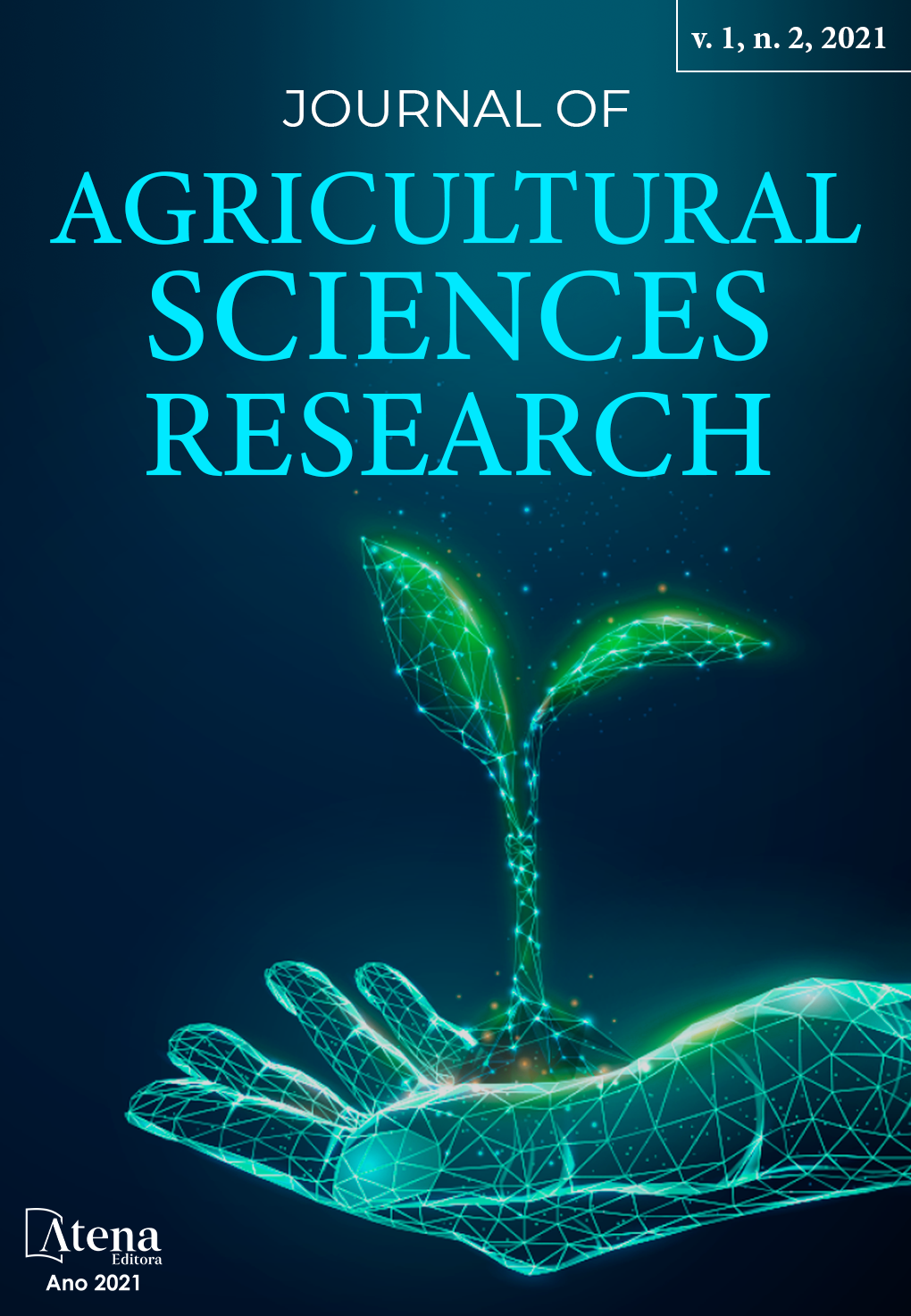
Chemical characterization, antimicrobial and antioxidant activities of propolis dry extract
The present work identified the bioactive compounds and the antibacterial and antioxidant activity of the dry extract of propolis produced by Apis mellifera from the Bay of Iguape, Brazil. Dry extracts of propolis was dissolved in distilled water, ethanol or dimethyl sulfoxide and the bioactive compounds in them were identified. The antibacterial activity against Gram-positive (Staphylococcus aureus and Enterococcus faecalis) and Gram-negative (Escherichia coli and Salmonella Enteritidis) bacteria, was determined by microdilution, and inhibitory- and bactericidal-concentrations were measured. A major bioactive component was identified to be p-coumaric acid (5.178 mg/mL), which has a strong antioxidant effect. Ethanol was the best solvent for extracting antibacterial components, followed by DMSO, while water could not extract such an ingredient. All varieties of bacteria studied were inhibited by the propolis extracts, and Gram-positive bacteria were more sensitive than the Gram-negative bacteria, and the effective concentrations depended on the solvent used.
Chemical characterization, antimicrobial and antioxidant activities of propolis dry extract
-
DOI: 10.22533/at.ed.9732111112
-
Palavras-chave: antimicrobiano, Escherichia coli, ácido ferúlico, ácido p-cumárico, ácidos fenólicos, Staphylococcus aureus
-
Keywords: antimicrobial, Escherichia coli, ferulic acid, p-coumaric acid, phenolic acids, Staphylococcus aureus
-
Abstract:
The present work identified the bioactive compounds and the antibacterial and antioxidant activity of the dry extract of propolis produced by Apis mellifera from the Bay of Iguape, Brazil. Dry extracts of propolis was dissolved in distilled water, ethanol or dimethyl sulfoxide and the bioactive compounds in them were identified. The antibacterial activity against Gram-positive (Staphylococcus aureus and Enterococcus faecalis) and Gram-negative (Escherichia coli and Salmonella Enteritidis) bacteria, was determined by microdilution, and inhibitory- and bactericidal-concentrations were measured. A major bioactive component was identified to be p-coumaric acid (5.178 mg/mL), which has a strong antioxidant effect. Ethanol was the best solvent for extracting antibacterial components, followed by DMSO, while water could not extract such an ingredient. All varieties of bacteria studied were inhibited by the propolis extracts, and Gram-positive bacteria were more sensitive than the Gram-negative bacteria, and the effective concentrations depended on the solvent used.
-
Número de páginas: 17
- Adailton Freitas Ferreira
- Cerilene Santiago Machado
- Polyana Carneiro dos Santos
- Norma Suely Evangelista-Barreto
- Carlos Alfredo Lopes de Carvalho
- Maria Letícia Miranda Fernandes Estevinho
- Geni da Silva Sodré
- Mariza Alves Ferreira


